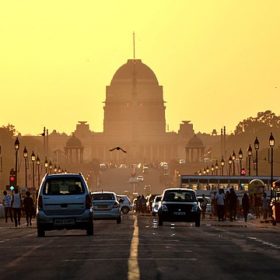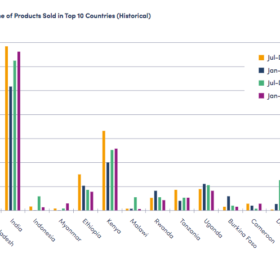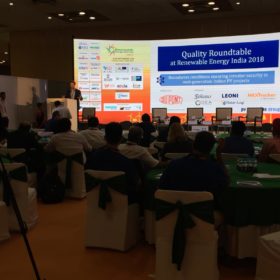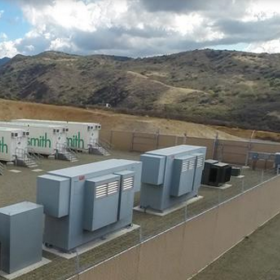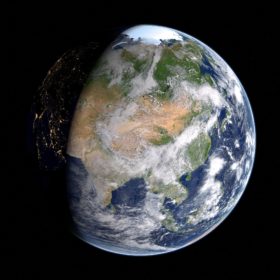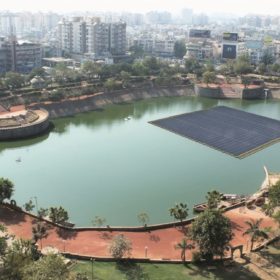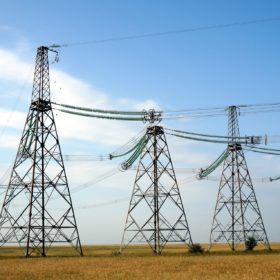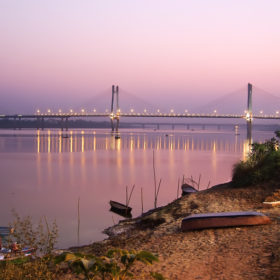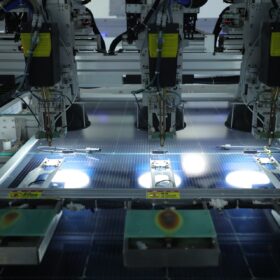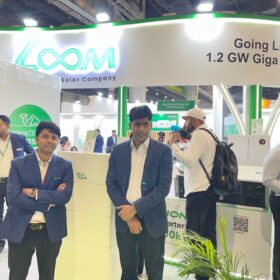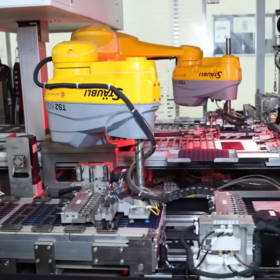Solar City Initiative phase two launched in Delhi
The programme allows the installation of solar roof atop apartment blocks, which otherwise could not install such systems. Potential in the area is around 15 MW, of which 6 MW have been signed up for already. Another 5 MW should be developed in this second phase of the project.
India largest market for off-grid solar products: report
Cornering 44% of the total global sales for 3.66 million off-grid solar products in the first half (H1) of 2018, India has emerged as the world’s largest cash market for such products, according to the latest report by Global Off-Grid Lighting Association (GOGLA).
Video: Quality Roundtable REI 2018
pv magazine’s Quality Roundtable at this year’s Renewable Energy Expo India (REI), attracted analysts and experts from across the industry, who gathered in Greater Noida to discuss the challenges and opportunities present in the massive Indian solar market.
‘We have proven that software is the essential link on grids’ – Greensmith interview
Following the launch of Greensmith Energy’s new Gridsolv standardized storage solution, which integrates software helpers and standardized architecture for easy installation, pv magazine caught up with CEO John Jung to discuss the state of the storage market and the role of digital services.
India powers ahead as Asia set for 355 GW of PV by 2023
Despite political hurdles in key markets including China and Japan, Asia remains highly active. This year, 59 GW of solar is expected to be installed and due to further system price declines, a phase-out of subsidy schemes can be offset.
ReNew Power to develop 3 MW floating PV project in Andhra Pradesh
SECI has opened up to 10 GW of floating PV for expressions of interest to accelerate adoption of the solar platform. The potential generation capacity for the technology in India is enormous, with 700 GW possible if just one-third of the country’s water reservoirs are exploited.
‘SECI’s 10 GW solar tender will not attract big developers’
Big players such as Acme, ReNew, Adani, Azure, Hero Future and Aditya Birla Solar are likely to stay away from procurement which requires 3 GW annual manufacturing commitment, says industry insider Gopal Lal Somani.
Uttar Pradesh prepares to procure another 550 MW of solar
The state has set an electricity price ceiling of Rs3.10/kWh and reserved the right to cancel the auction if it doesn’t fancy the resulting tariff. Bidders can go for projects ranging in size from 5 MW up to the whole capacity on offer.
Hitting 76% of its solar ambition would still be some achievement for India
Analysts are weighing into the debate over the MNRE’s big solar plans, but pointing out that even a partial victory would set the foundation for future solar triumphs.
Mauritius installs the first wave of 10,000 solar rooftops
The Indian Ocean state has received $10m in concessional loan funding from the development agency of Abu Dhabi, in a program co-financed by the International Renewable Energy Agency.
